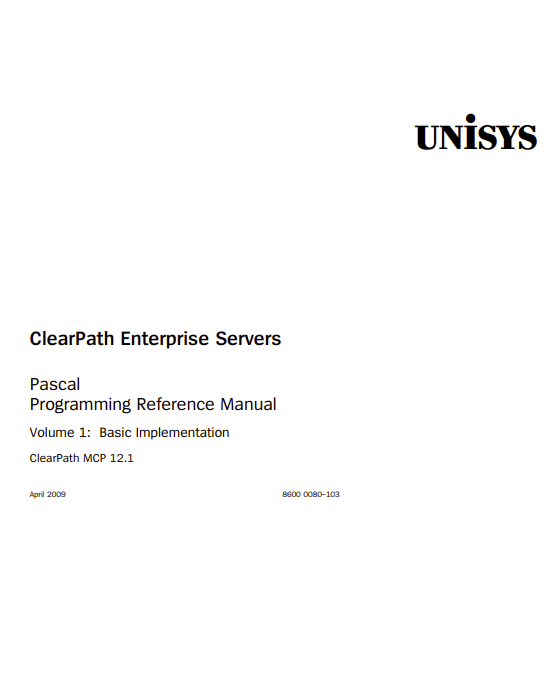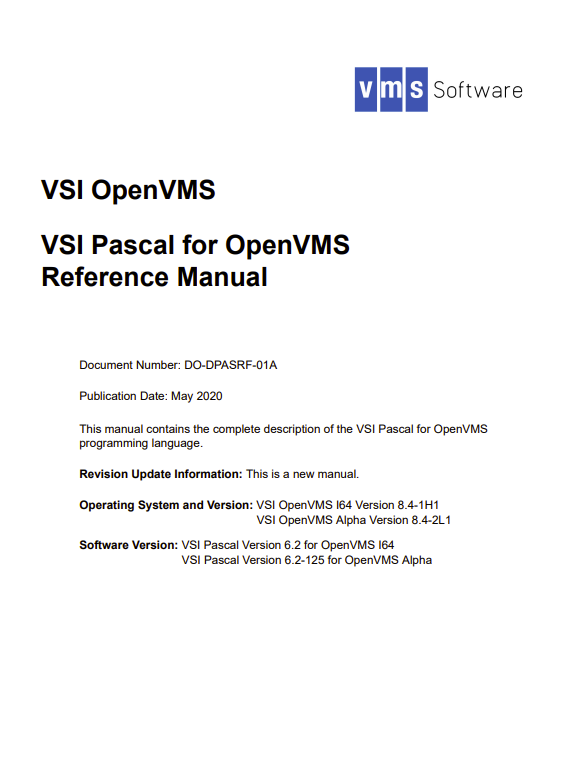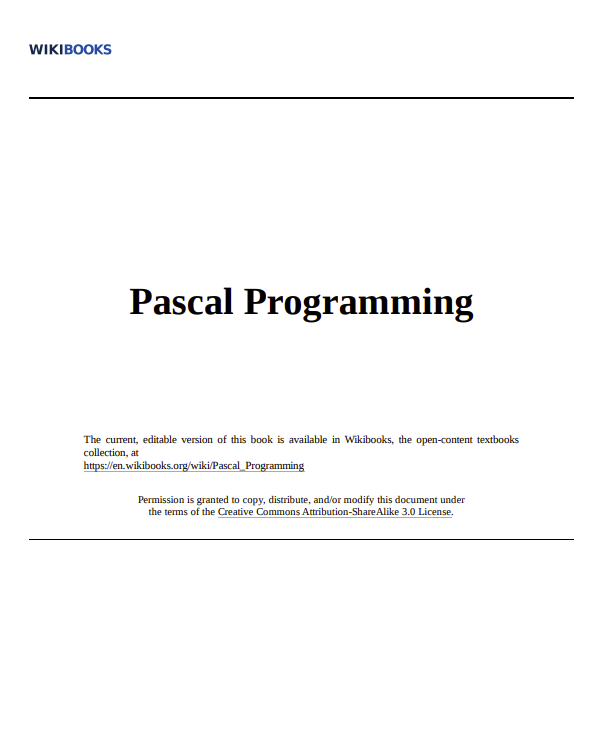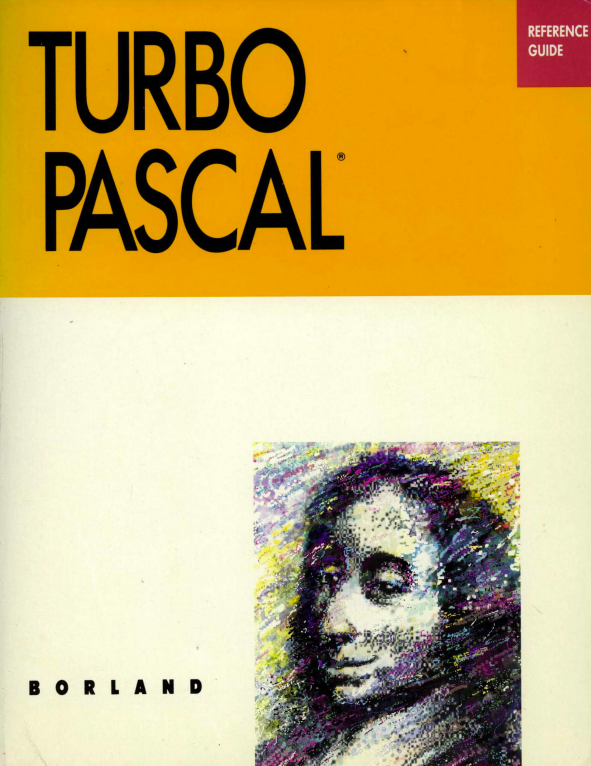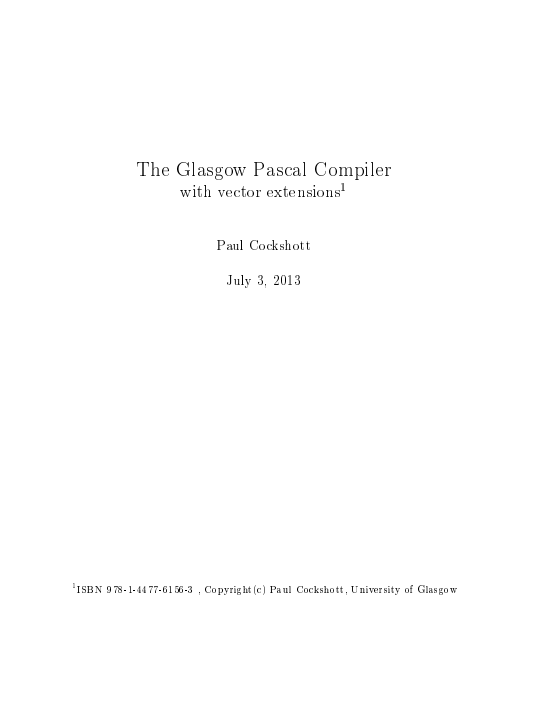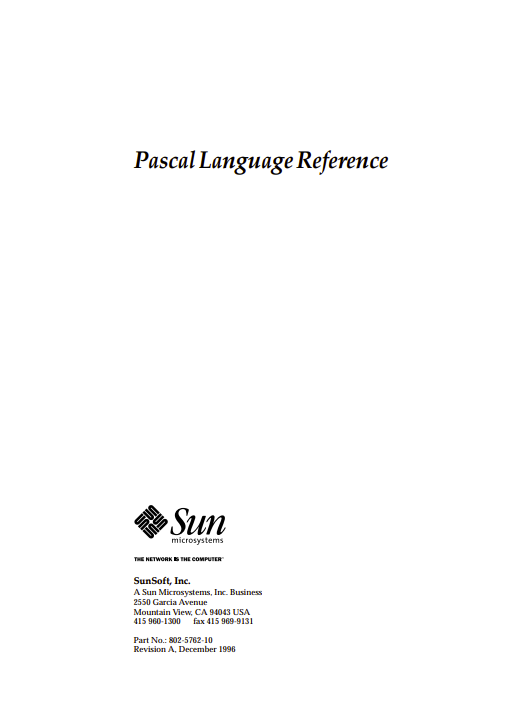This section performs two functions. It introduces the elements of the Pascal language to programmers who are unfamiliar with Pascal, and it defines some commonly used elements of the Pascal language, such as characters and identifiers. Some of the language elements described in this section are available in ClearPath MCP Pascal but not in ANSI Pascal.
Purpose
Pascal is a high-level programming language developed by Niklaus Wirth, based on the block-structured nature of ALGOL-60 and the data structuring innovations of C. A. R. Hoare. Pascal is an easy-to-learn and a general purpose language.
The American National Standards Institute (ANSI) has adopted the International Standards Organization (ISO) standard 7185 Level 0 as its standard definition of Pascal. The purpose of the ANSI standard is to increase the portability of Pascal programs from one system to another. The Unisys MCP Pascal compiler complies with this version of the standard. Throughout the remainder of this manual, the Unisys MCP Pascal compiler is referred to as ClearPath MCP Pascal, and the Pascal described by this ANSI standard is referred to as ANSI Pascal.
This manual is a reference manual for ClearPath MCP Pascal. Its purpose is to provide a complete description of the syntax and semantics of ClearPath MCP Pascal within a framework designed for quick access of information.
Audience and Scope
This manual describes the syntax and semantics of the programming language constructs for writing Pascal programs for ClearPath MCP systems. This manual also explains how to use these constructs. This manual is not intended to be used as a programming instruction guide. This reference manual is designed for programmers at all levels of programming experience.
How to Use This Manual
This manual is a reference tool and it can be read in any order as needed. Throughout this manual, references are made to other enterprise server manuals and guides. Shortened forms of the titles are used. When reference is made to a multiple-volume manual, the volume number is included in the title, but the complete manual title is not used. For example, the Pascal Programming Reference Manual, Volume 2: Product Interfaces is referred to as the Pascal Reference Manual, Vol. 2.
